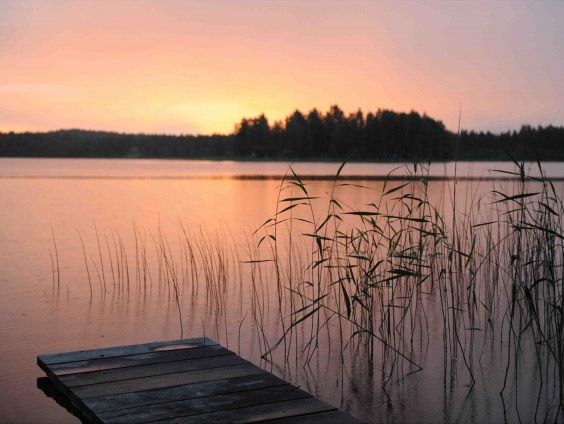
Summer is a time of vacation and travel. In summer, the air literally vibrates, everything is plump and green, every leaf, every cane dance in the wind and nature is at its full maturity. We wish to capture every sunset, every warm evening, the roar of water and the forest, as well as want to travel, get to know and feel the world.
At a time when the world has changed, the MARENCE team shares spots and things that can be experienced here in Latvia and says – go in nature and travel in Latvia! This article does not claim to be a professional travel review, but here will be our experience and our feelings, because every Monday in the MARENCE office, colleagues share their holiday adventures and places they have seen in Latvia. It seemed to us that we had to share it with you.
Let’s split this series of articles into 4 parts, dedicating a separate blog article to each region.
LATGALE (Latgale region includes parts of cultural and historical districts of Latgale and Selia). Of course, the first blog article was about Latgale, because the uniqueness of our cosmetics lies in the fact that each product contains freshwater green mud extract, which is obtained in Latgale, in the lake in Rāzna National Park.
Narrated and written by our colleague Kristiana:
“Before writing an article about places that have remained in my heart that I would recommend to others to experience, I will mention my thoughts about Latgale. The last time I was in Latgale was 15 years ago. During these years, in my opinion, Latgale has developed a lot, a wide range of tourism activities, many guest houses and even exclusive hotels, various cultural centers and have you seen the roads in Latgale? …. yes, the roads are better than in other regions. Although abandoned country houses still can be found here and there, I managed to see tidy farmyards, restored manors, modern cafes and tourist halls. It must be said that Latgale has lost a bit of its authenticity with this, BUT – whoever is looking for and wants to see it will feel it to the depths of his heart. Latgalians have warm and hospitable hearts, but like all of us Latvians – the restrained gene of the Nordics definitely is in our blood, so my recommendation is to go open-minded, with a kind heart, and then all the doors will open for you. We happened to have such realistic, unplanned, beautiful moments countless times just because we faced the people, presented ourselves, asked questions … and we drove so far beyond usual touristic paths – for example, we heard the most interesting stories by the locals who were just sitting and drinking beer at the local store, many awesome places where we could not stop admiring the beauty of nature, we got perfect advice from the store salesman, and thus attended the folklore concert “Upīte”, we completely accidentally got to taste shmakovka and freshly baked bread, which literally melted in our mouths, and we came to the shores of so many beautiful lakes ….
As I mentioned, our trip was not strictly planned and we were guided by feelings. Here are some places to highlight.
RAZNA NATIONAL PARK
Our mud extraction site is right here. I had visited it before, but this time I wanted to walk in the park, walk the trails around the lake, sit down, and listen to nature. I can convincingly say that Razna National Park is a place to get to know the natural and cultural-historical values of Latgale – the land of blue lakes, to enjoy the beauty of nature, to appreciate the hospitality of Latgalians, to learn the skills and traditions of generations.
There are several lakes in the area. Lake Razna is the largest lake in Latvia with beautiful sandy beaches, therefore it is also called the Latgale Sea. Ezhezers is also unique – the richest lake in Latvia (33–36 islands). A beautiful view of the lake opens from Tolstovka Hill.
In the Razna National Park there is the third highest hill in Latvia – Lielais Liepukalns (289 m asl). The landscape of the blue lakes can be seen here from the 34-meter-high observation tower.
At the top of Makonkalns (248 m asl) next to Lake Razna, fragments of the castle of the Livonian Order from the 13th century still remain.
We drove around the whole lake. Cycling routes have also been developed, and a sailing yacht (https://buruguru.lv/) is available, so that the one can enjoy a rest in one of the most beautiful places in Razna – the island-rich Chornaya Bay (Black Bay), which overlooks Razna Lake with mountains on the opposite shore. Driving a car, we had to drive about 40km. In the territory of the National Park, I recommend the Andrupene bog trail, the Akmenu trail, which is about 3 km long, the Old Believers’ Prayer House – a very beautiful green, wooden church. We didn’t look for staying overnight in this area ourselves, but I know that many use the camping sites by the Razna lake shore (http://www.raznasezerkrasti.lv/).
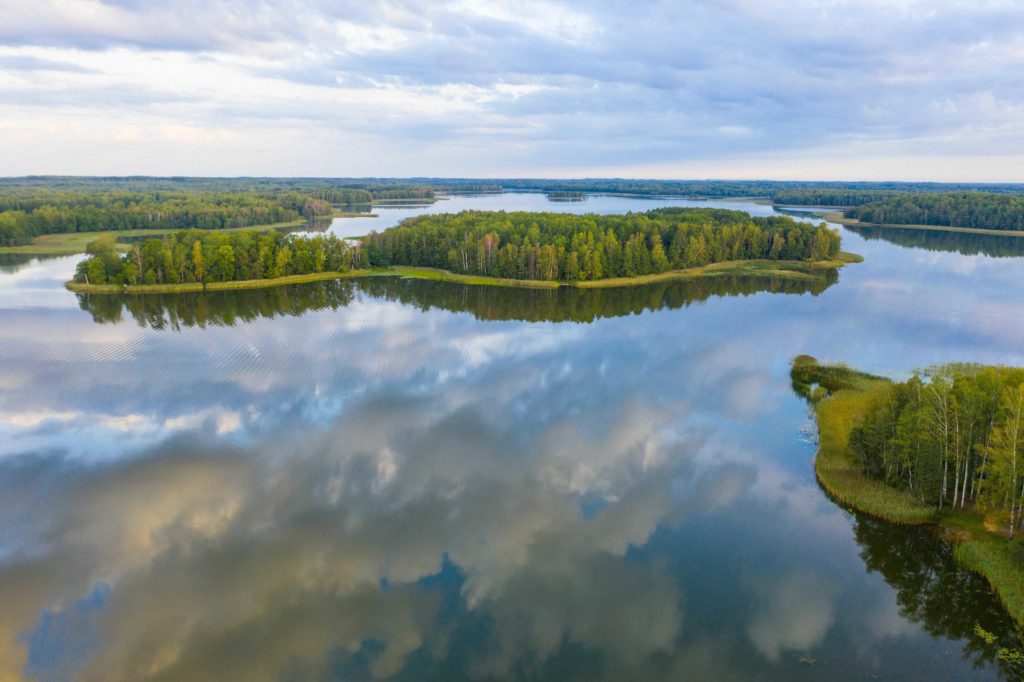
LUZNAVA MANOR
I was completely fascinated by this manor – the pearl of Latgale Art Nouveau. In my opinion, a very tasteful and beautiful restoration has been carried out. It is a great pleasure that the manor has remained in the ownership of Rezekne municipality. Currently, various cultural, musical, educational, etc. events take place here. There is an impressive park (23.7 ha) around the manor – such a wild and very beautiful with a 2.6 ha system of 7 ponds. Currently, the park has a renovated ~1 km long tourist walkway. I definitely recommend visiting this manor and my suggestion – before you go, take a look at their program of events, because it is quite extensive (http://www.luznavasmuiza.lv/).
LUDZA
Did you know that Ludza is the oldest city in Latvia? The name Ludza was first mentioned in written sources in 1177. Ludza completely fascinated me with its charm, its hills, castle ruins, the Small and Big Lakes of Ludza, the old town of Ludza with its narrow city streets, 19th century wooden and brick houses.
Walking around the old town of Ludza, go to the castle ruins of the Livonian Order, which overlooks the Big and Small Lakes of Ludza. Also go to Ludza Local History Museum, where Latgalian houses have been transferred and reconstructed – these are the cultural heritage of Eastern Latgale from the earliest times to the present day, the richness and peculiarities of Latgale nature. We also visited the Ludza Craftsmen’s Center, where Latgalian craftsmen worked on site, and there is an interesting exposition of the works of the region’s masters. Though we did not order in time, but I know that many people book traditional Latgalian lunch here.
AGLONA AND ITS SURROUNDINGS
Of course, we visited the Roman Catholic Basilica of the Assumption of the Blessed Virgin Mary in Aglona. Comments are probably superfluous here.
I would like to recommend here in Aglona to come to the Bread Museum, which is not really like a museum, but a whole adventure, a show where the one becomes an actor. Tip – you need to make an appointment very early to get there. The hostess of the museum – Vija Kudiņa – honors the traditions of Latgalians with all her heart and tells not only about baking bread, grain processing, abras, etc., but introduces Latgale in a very attractive way. The hostess is meeting guests in Latgalian folk costume, with Latgalian folk songs and a Latgalian greeting, and the conversation begins with acquainting with and tasting rye grains. Later we were treated to traditional dishes, shmakovka, we sang and laughed about the stories of the hostess. This was a whole adventure and I definitely recommend it.
CHERTOK LAKE(Devil’s Lake)
About 11 km from Aglona is Lake Chertoka or Velnezers. It is interesting that this lake attracts so many tourists, because from the first sight it seems to be nothing special – a small lake in the middle of the forest, and a large wooden terrace facing the lake. For a long time there were no signs to the lake to decrease the number of tourists visiting. However, it did not reduce people’s desire to see the lake, and now it has become one of the most popular tourist attractions in Aglona region.
What is so special about this lake is that, as I read on the Internet, that scientists who have studied the lake have discovered rhodon gas here, which largely explains the lack of life in the lake – the gas is radioactive. There are no fish in the lake. The lake itself is not very rich in plants. Chertok has the smell of the “devil’s own sweat”, so you will not notice any birds near the water. In general, the people around Chertoka or Velnezers know how to tell many different stories about it. People have never lived in the vicinity of the lake, because they cannot stay at the lake for a long time. According to local people, you should not swim in the lake, because you can drown due to negative energy that is radiated from the lake, and so on.
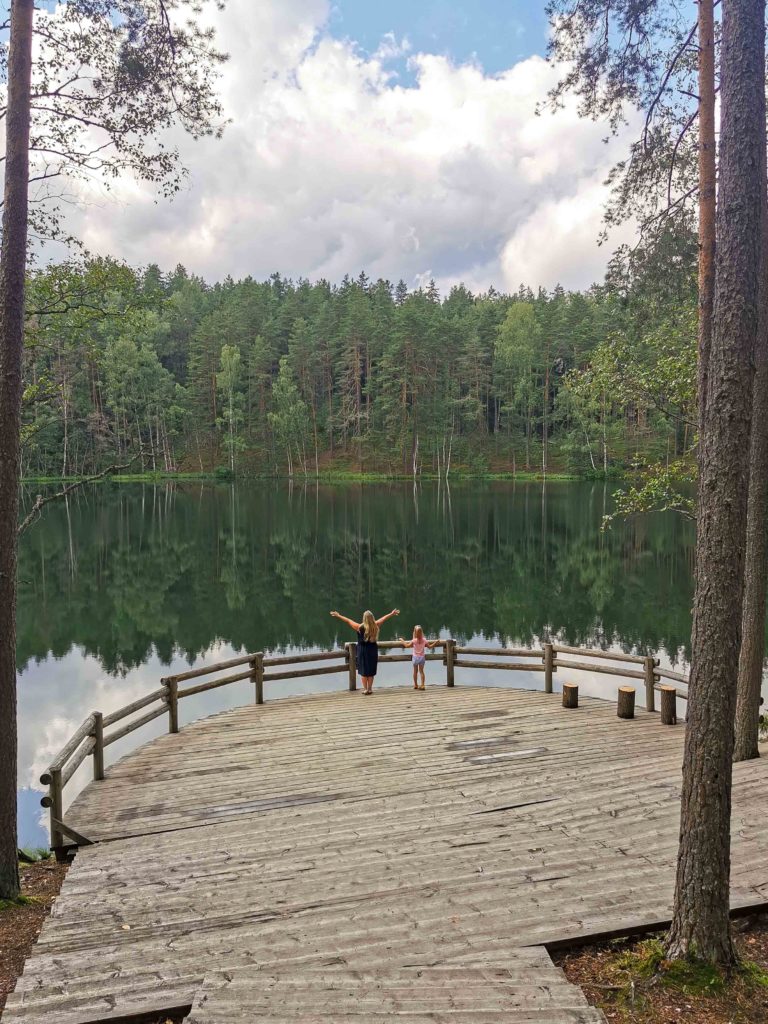
REZEKNE
In Rezekne, we recommend climbing the castle mound – there are the ruins of the old castle and a charming view of the city center and the old part of the town, as well as the pearl of modern architecture – creative service center “Zeimuls” (very interesting architecture – the building is built with sharp edges, interesting extensions). We visited the Latgale Embassy GORS, which is a place that creates and tells the story of Latgale. Impressive building and definitely worth a visit.
PREILI
When traveling with children, I recommend entering the puppet museum in Preili. The dolls are placed in different interiors, and each doll has its own story and a history of creation. Very beautiful and tasteful exposition and, of course, the children’s enthusiasm was caused by the opportunity to play different characters. I also recommend a visit to Preili manor and park.
CURVES OF DAUGAVA
Before Daugavpils (Naujene – Kraslava section) there is a nature park “Daugavas loki”. I recommend going to Vasargeliski observation tower in Naujene parish, which is 21 m high. In the observation tower, from the height of a bird’s eye view, you can see landscapes and picturesque curves of the Daugava river. From there, visitors can see the Rozaliski curve of Daugava – one of the most beautiful Latvian natural sights, which once even decorated a Latvian banknote – a 10 lats banknote. From the observation tower to Daugavpils is about 30 minutes drive.
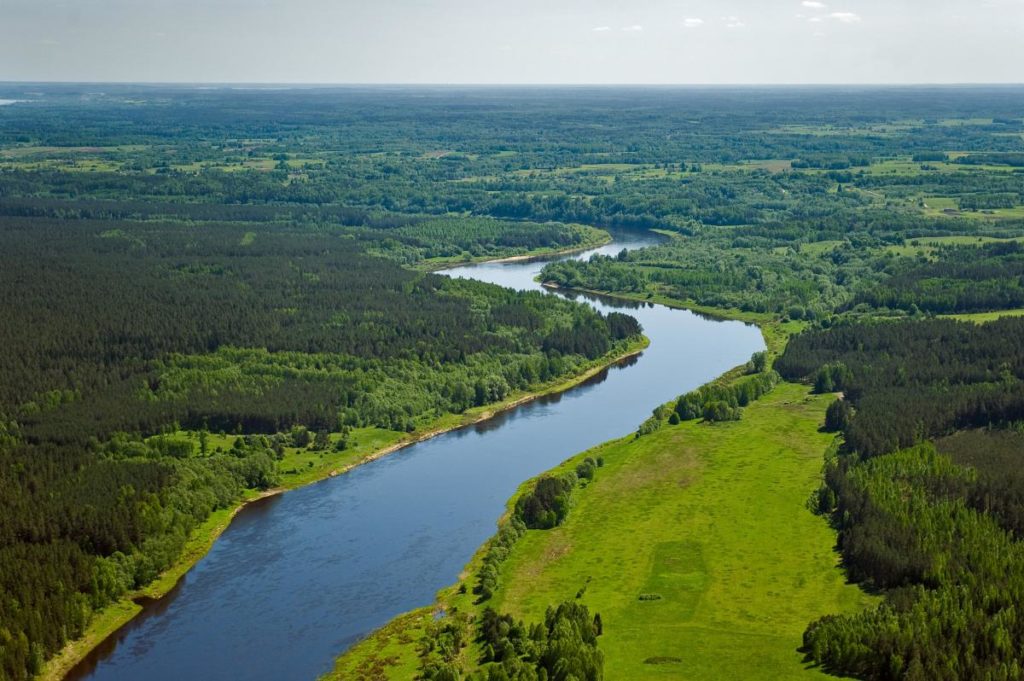
(photo www.visitdaugavpils.lv)
DAUGAVPILS
Of course, we also visited the largest city of Latgale – Daugavpils. It was already evening but we decided that there will be enough time to visit the Daugavpils fortress. Daugavpils Fortress is a unique architectural and cultural monument of national significance and it is the last bastion-type fortress in the world. Nowadays, it is one of the most popular sightseeing objects in Daugavpils – it is like a city district, therefore it is open for visiting 24 hours a day. Here is the Mark Rothko Art Center, which is a multifunctional center of contemporary art and culture, there are also various creative workshops, etc.
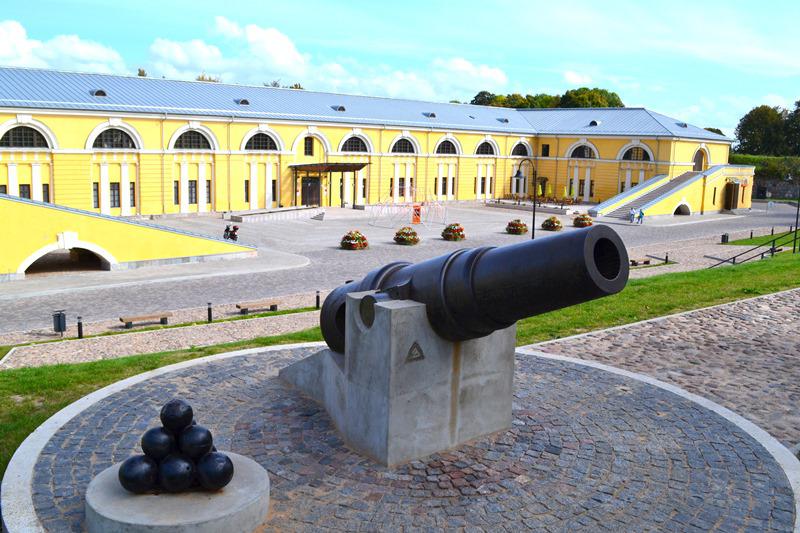
(photo www.visitdaugavpils.lv)
VILAKA
A beautiful small town with a noble, very impressive Vilaka Catholic Church. I recommend renting sups at Lake Vilaka and go by them on an island in the middle of the lake, which is 1.8 ha in size and still has fragments of the Marienhausen castle, which was built in 1293 on the site of the collapsed fortress. Or you can get to the island of Lake Vilaka via the longest pontoon bridge in Latvia (144m), which was built only this year. A very interesting feeling to walk 144m “along the lake”. On the island in the middle of the lake there is a walking trail 442 meters long. There are wooden footbridges with rest “pockets”, as well as a boat dock, and information stands. About 6 km from Vilaka there is a cultural and historical farmstead “Versukalns”. We were welcomed by the owner who showed the farm, which in fact is a family house, where fabulously delicious bread is baked and where tourists have a chance to enjoy real Latgalian food. There is also a building nearby, where the works of Latgalian craftsmen are exhibited. A little remark and advice – no restaurant in Latgale offered traditional dishes. We understood that in order to enjoy them, it is necessary to order separately in one of the offered farmsteads, for example, one of them is the Versukalns farm, the already mentioned Bread Museum in Aglona, Ludza Craftsmen’s Center, etc. Shmakovka (Latgalian “vodka”) can also be tasted there and, in my opinion, taking into account the attractive narration of Latgalian owners, it is not necessary to go to the largest Shmakovka museum in Daugavpils.
POSTSCRIPTUM
I didn’t get to see all the places I wanted in just five days, but as I wrote at the beginning of the article, I hadn’t planned our small trip schedule strictly. Plans often changed because we stayed somewhere longer, somewhere shorter. In general, I really felt the real taste of Latgale not in big cities, but in small towns, sitting down and talking to the locals at the local shop, walking on nature trails, and relaxing by the lakes. This article is my personal view of Latgale



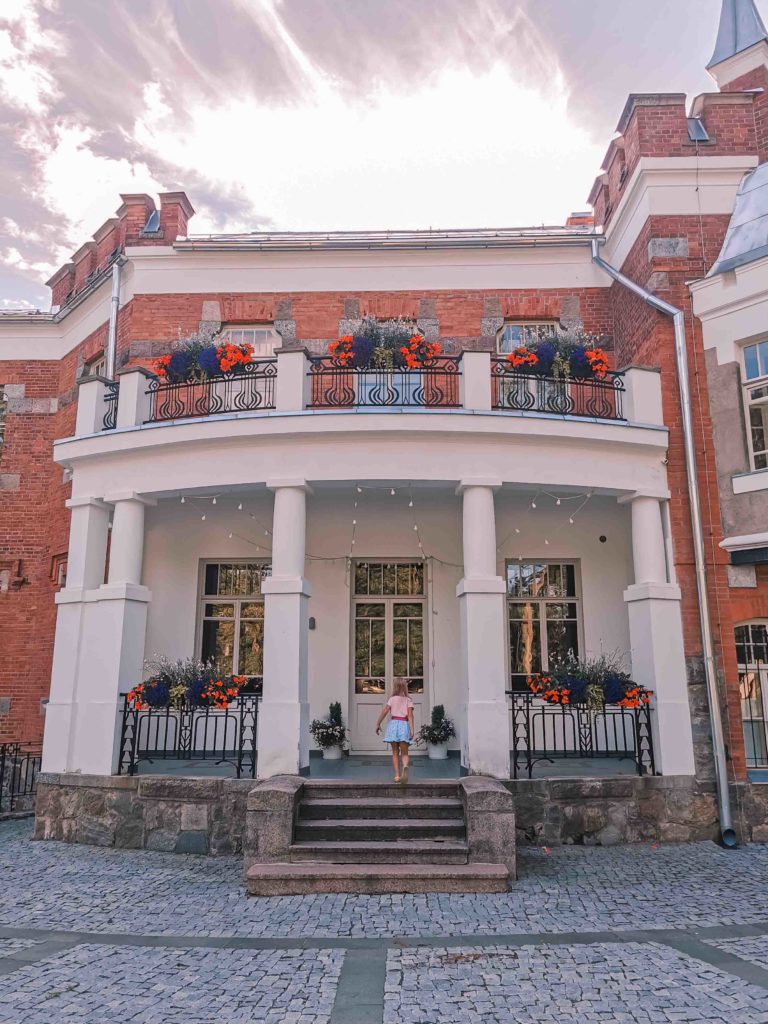
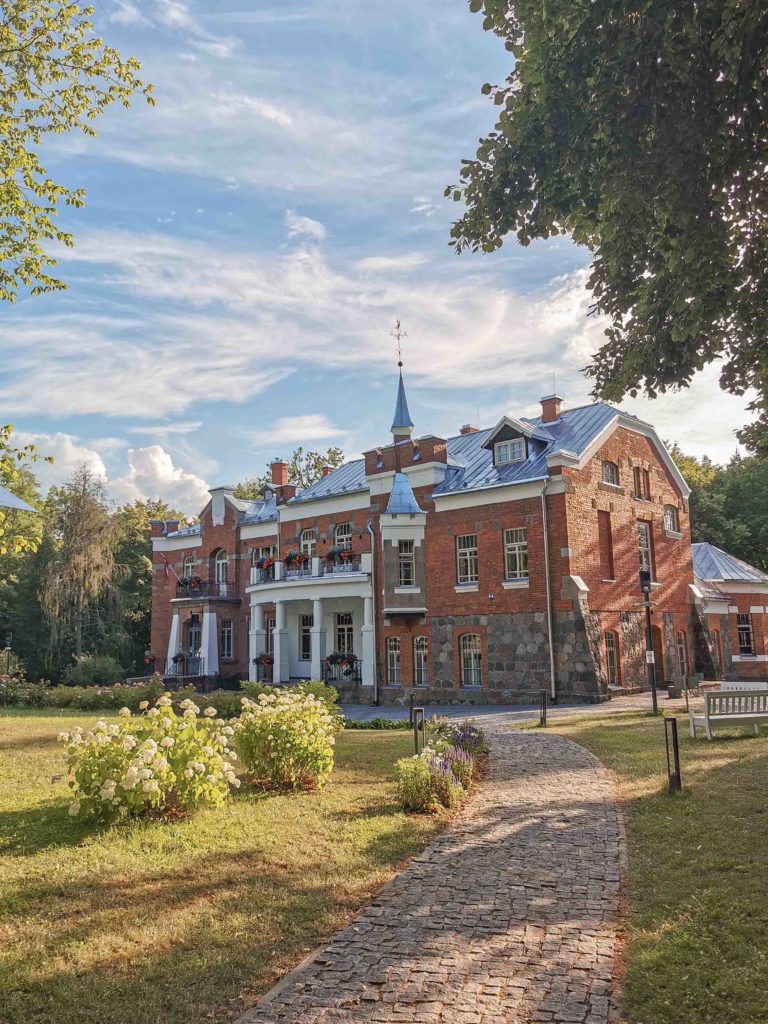
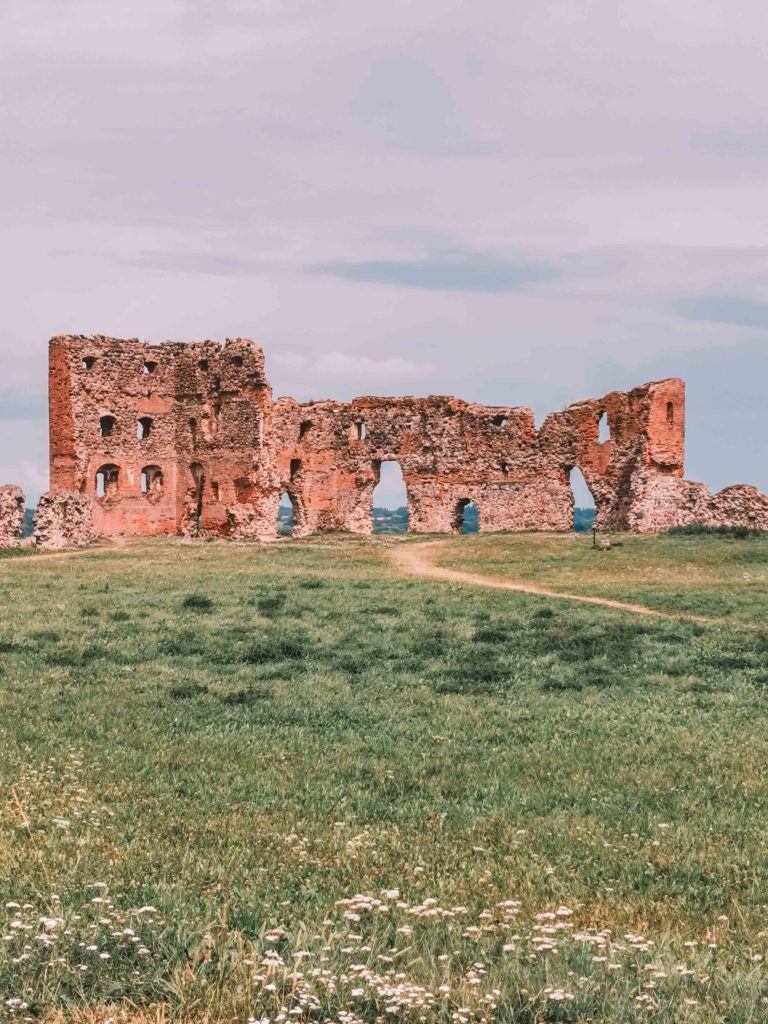
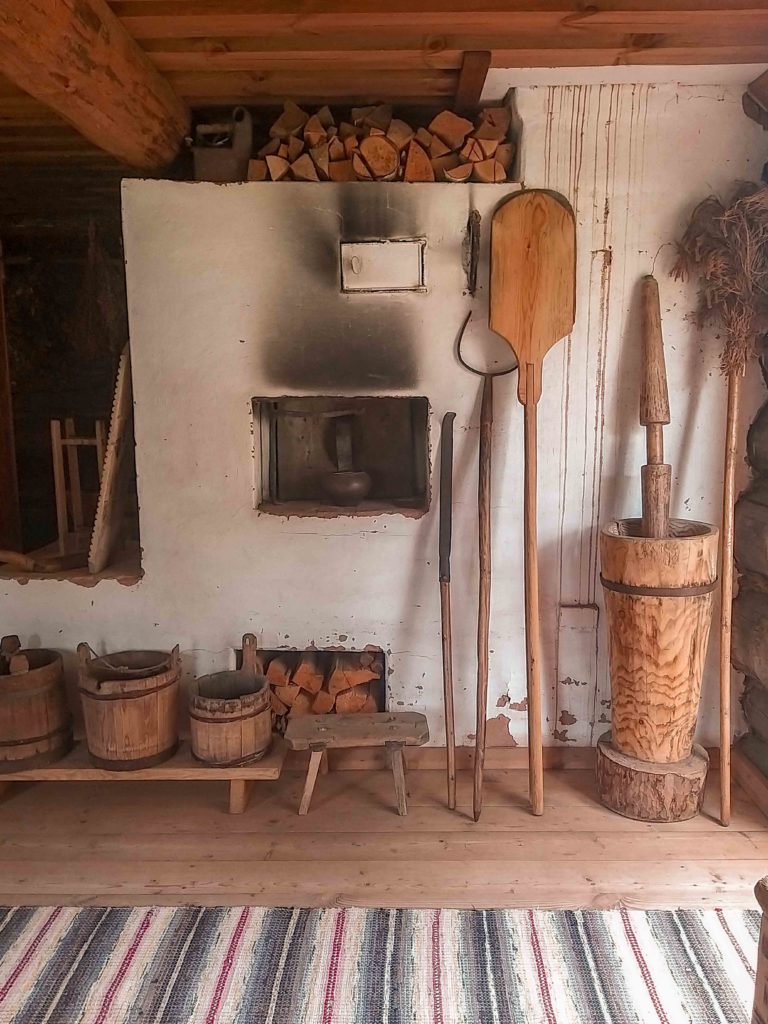
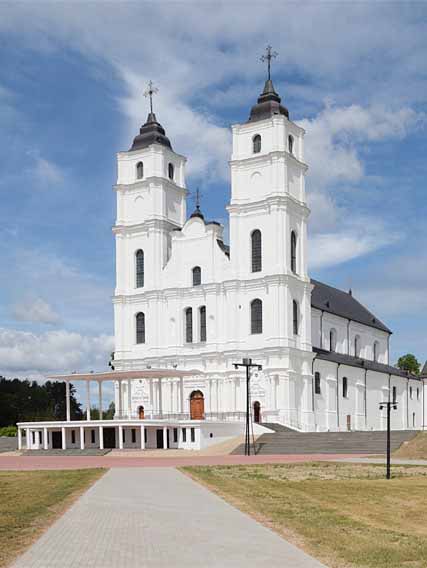
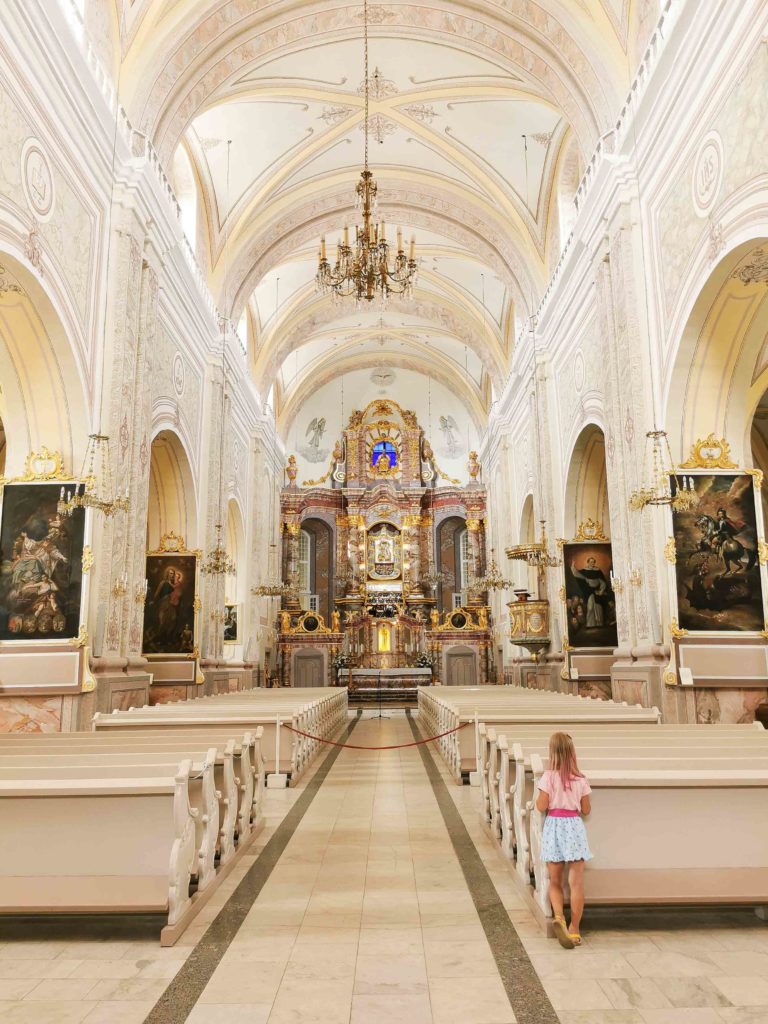
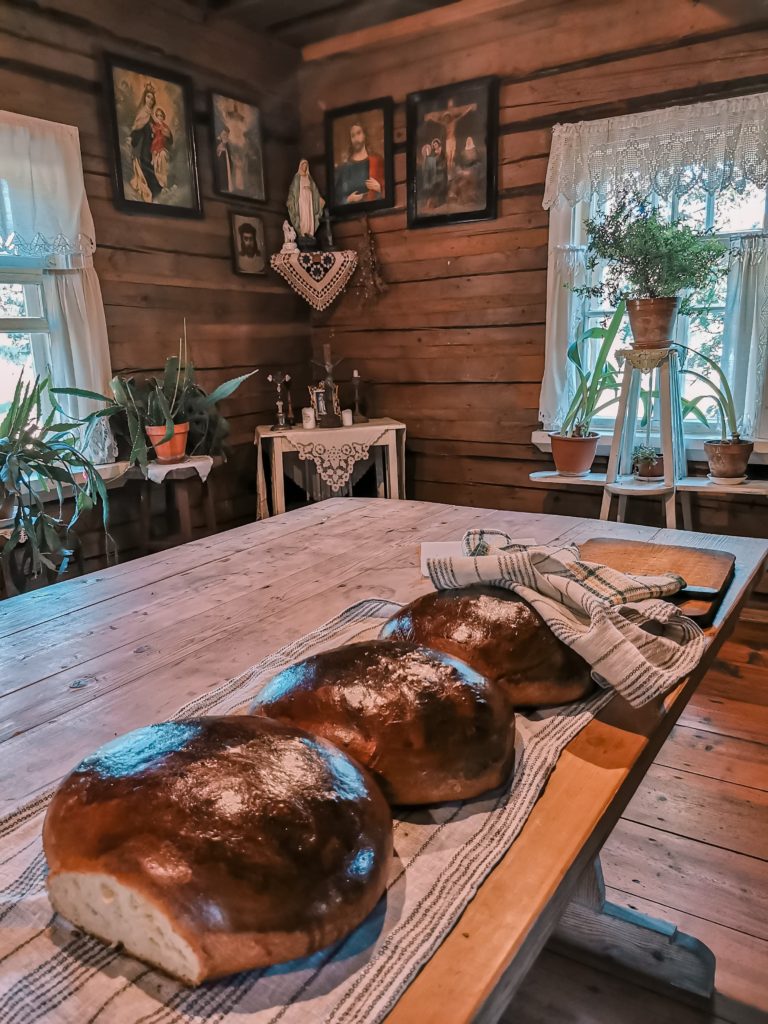
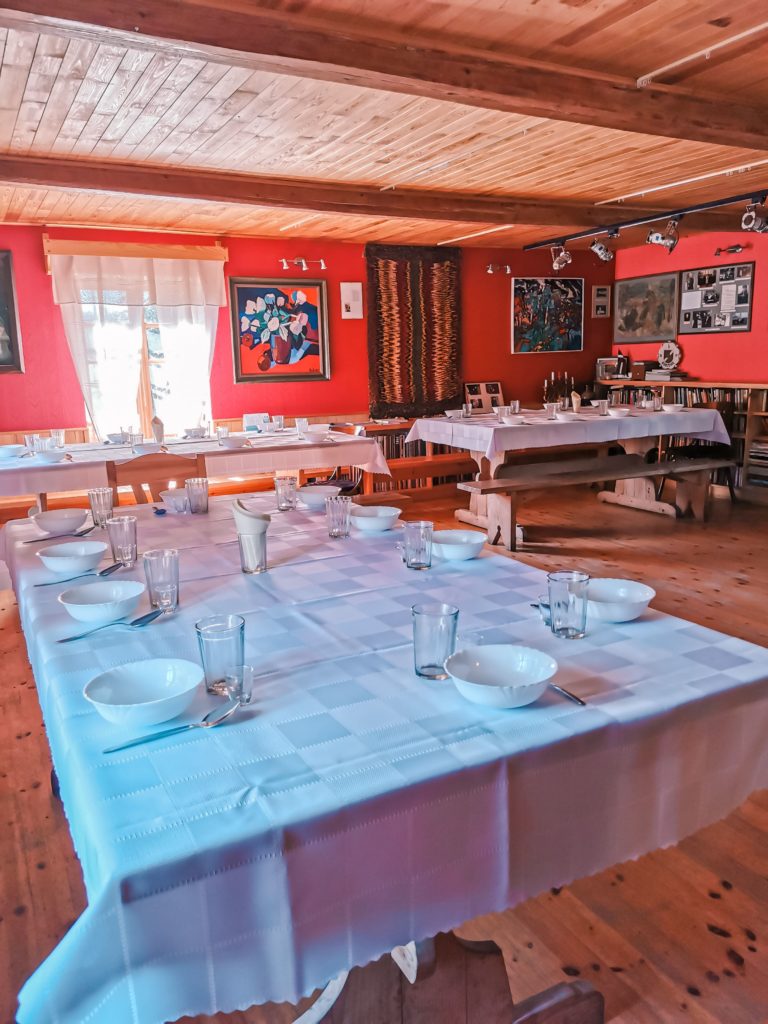
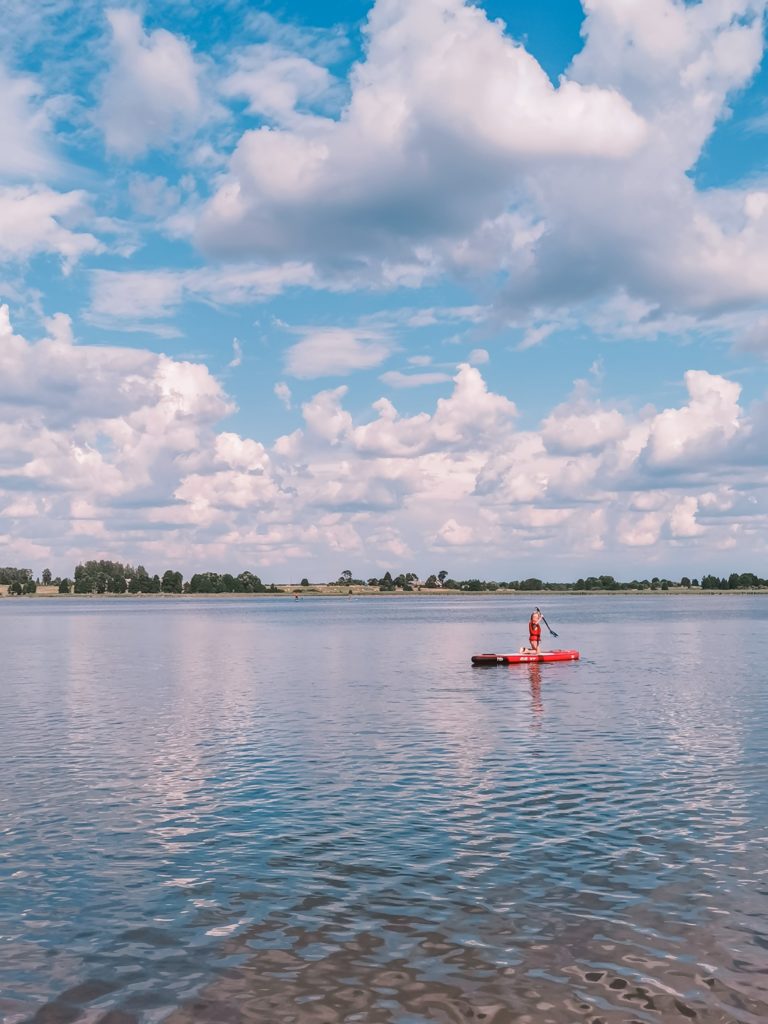
Leave a Reply